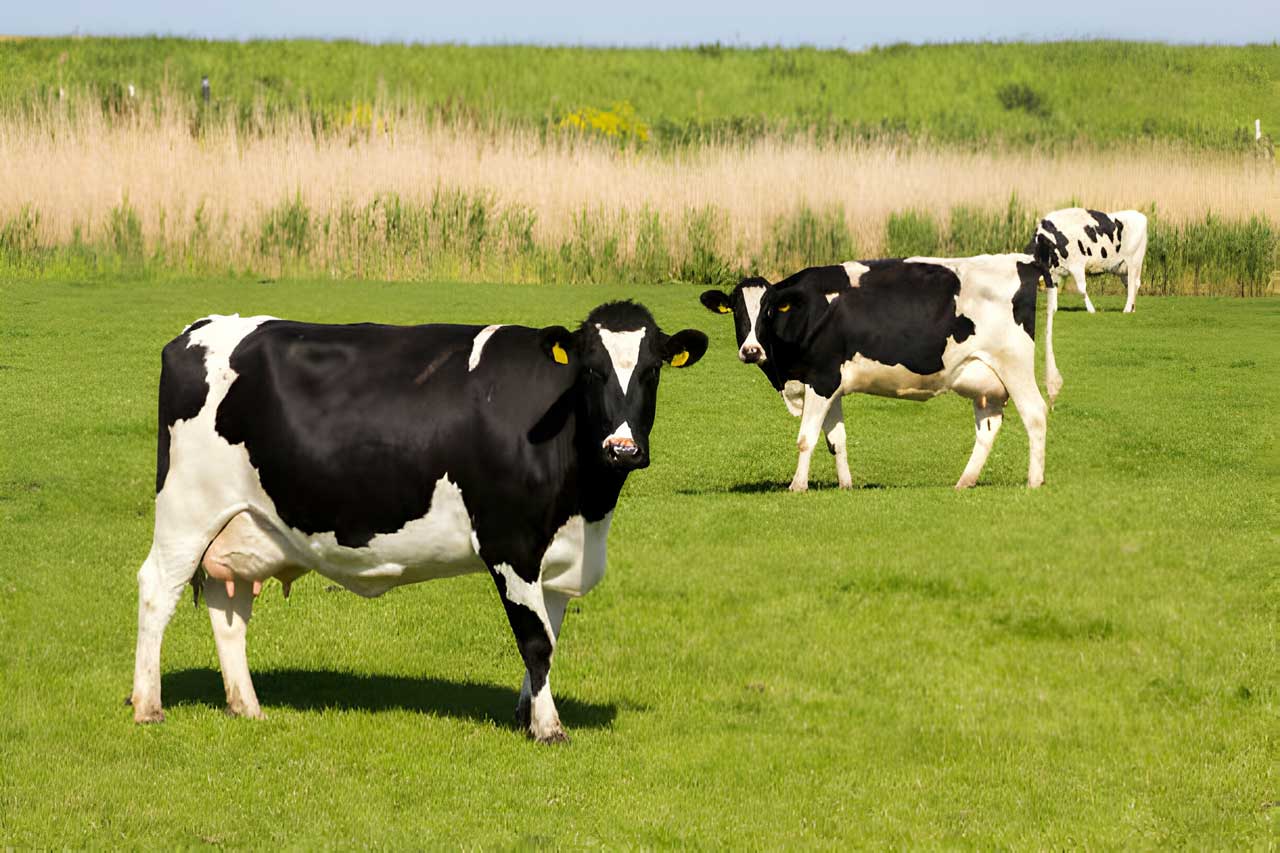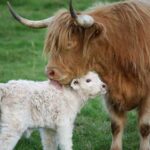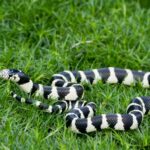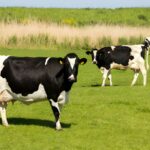The pastoral charm of black and white cows grazing in lush fields is a familiar and comforting sight in many parts of the world.
These cows, emblematic of the dairy industry, are not only celebrated for their aesthetic appeal but also for their significant contributions to agriculture.
Among the various breeds, certain black and white cows stand out for their exceptional milk production, resilience, and adaptability to diverse farming environments.
This article delves deeper into the specifics of these breeds, including their size, weight, and distinctive characteristics, highlighting their pivotal role in dairy farming.
1. Holstein Friesian
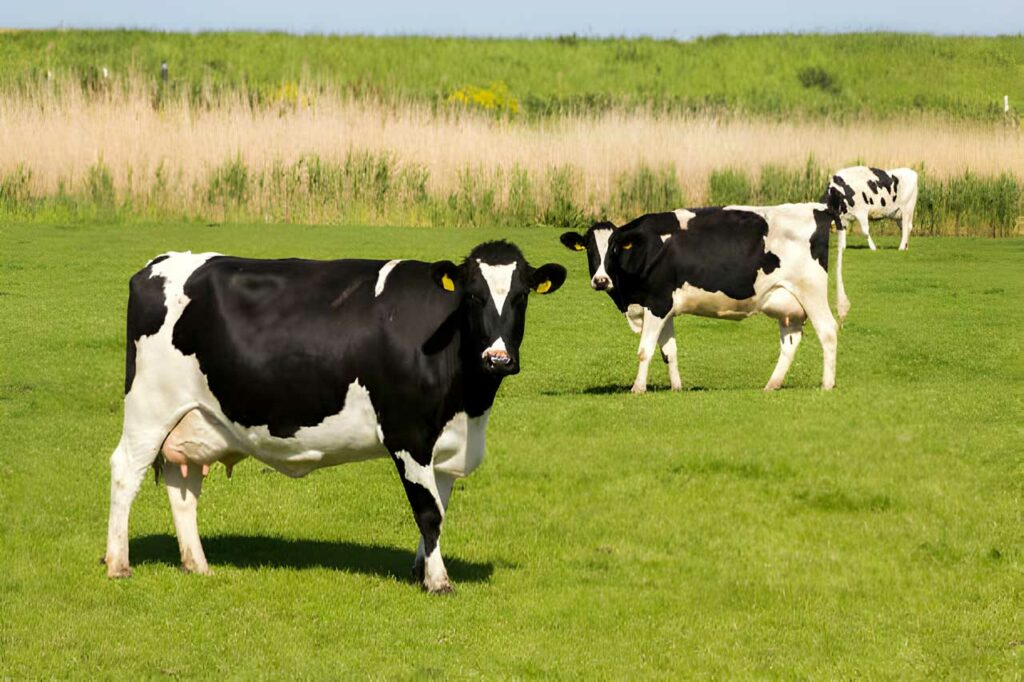
The Holstein Friesian breed, with its origins rooted in the Netherlands and Germany, is the powerhouse of the dairy industry. These cows are easily identifiable by their black and white patched coats and are renowned for their remarkable milk production capabilities.
Adult Holstein Friesians have an impressive weight range, with females averaging between 1,500 to 1,700 pounds and standing 58 to 65 inches tall at the shoulder.
They are capable of producing up to 9 gallons of milk daily, with their milk being notably rich in protein, making it ideal for cheese and butter production.
The breed’s adaptability to various climates and farming systems, coupled with their efficient milk production, has cemented their status as a favorite among dairy farmers globally.
2. Dutch Belted (Lakenvelder)
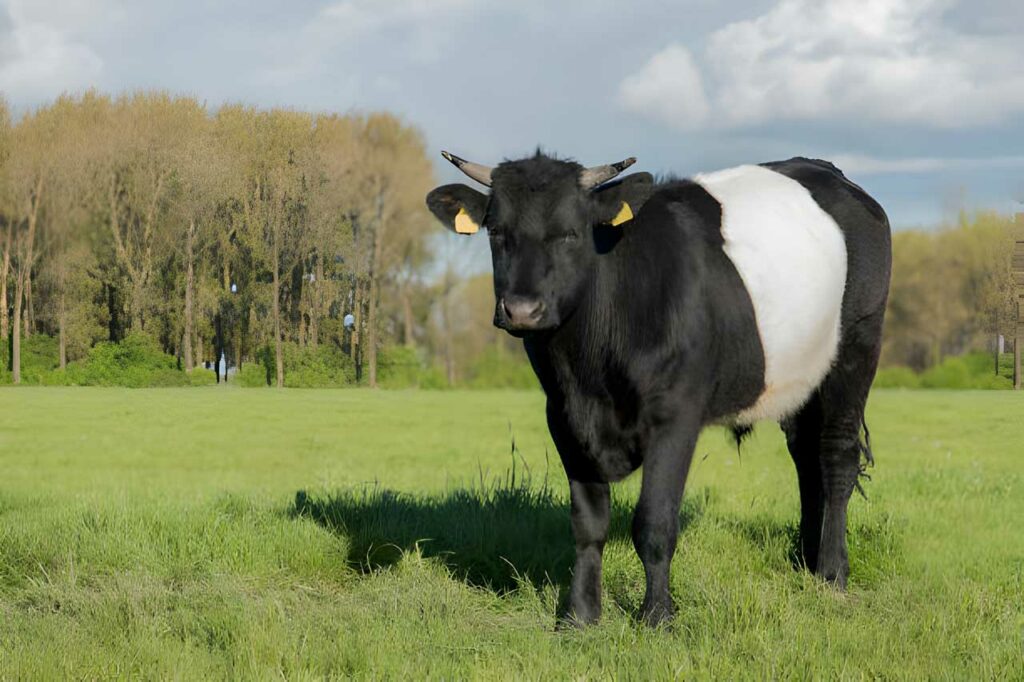
The Dutch Belted cow, also known as Lakenvelder, is distinguished by its unique white belt that encircles its otherwise black body.
Originating from the Netherlands, this medium-sized breed boasts cows that weigh between 900 to 1,500 pounds, with bulls reaching weights of 1,350 to 2,000 pounds.
Dutch Belted cows are celebrated for the high butterfat content of their milk, making it exceptionally suitable for premium dairy products.
Their efficiency in grazing, combined with their longevity, makes them a sustainable and valuable choice for dairy farmers, particularly those focusing on organic and small-scale operations.
3. German Black Pied

The German Black Pied cattle, a distinguished breed from Germany, are known for their striking black and white coats.
These medium to large-sized cows typically weigh between 600 to 900 pounds, showcasing their adaptability to various environmental conditions.
They are valued for their high milk yield and exceptional milk quality, making them a versatile choice for dairy farmers aiming to maximize milk production.
The German Black Pied’s ease of care and maintenance further adds to their appeal in the dairy industry.
4. Belted Galloway

The Belted Galloway, hailing from the rugged terrains of Scotland, is instantly recognizable by its striking black body and distinctive white belt.
These cows weigh approximately 1,000 to 1,300 pounds, with bulls weighing about 1,800 to 2,000 pounds.
Known for their hardiness and ability to thrive in harsh conditions, Belted Galloways are well-suited for grazing-based dairy systems.
Their docile nature and aesthetic appeal make them a favored choice among small-scale farmers and hobbyists, contributing to the diversity of dairy cattle with their unique appearance and resilience.
5. Blaarkop
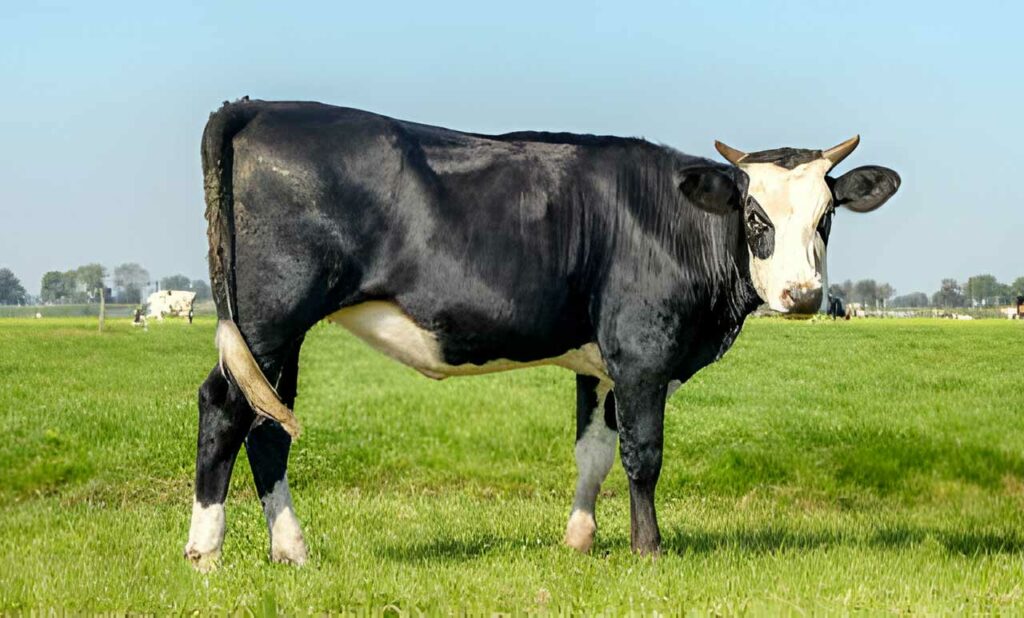
The Blaarkop, a breed originating from the Netherlands, features a distinctive black body with a white face and tail tip. This medium-sized breed has cows that typically weigh around 1,300 to 1,800 pounds, standing out for their high-quality milk, which is rich in both fat and protein, ideal for cheese-making.
Blaarkop cows are valued for their longevity, easy calving, and efficient grazing, making them a sustainable addition to dairy farms focused on producing premium dairy products. Their adaptability and gentle temperament further enhance their suitability for diverse dairy operations.
Conclusion
The diverse world of black and white cow breeds enriches the dairy industry with a range of options for sustainable and efficient milk production. From the prolific Holstein Friesians to the unique Belted Galloways, each breed brings its own strengths to dairy farming.
Their contributions extend beyond milk production; they play a crucial role in the sustainability of dairy farming, the production of high-quality dairy products, and the preservation of agricultural biodiversity.
As the demand for dairy products continues to grow, understanding and appreciating the diversity among these breeds is essential for the advancement of dairy practices and global food security.
FAQs
Holstein Friesians are favored for their exceptional milk production capabilities, producing up to 9 gallons of milk daily. Their adaptability to various climates and farming systems, combined with milk rich in protein, makes them ideal for dairy operations worldwide.
The milk of Dutch Belted cows is noted for its high butterfat content, making it particularly suitable for premium dairy products like butter and artisan cheese. This characteristic, along with their efficient grazing and longevity, makes them valuable for organic and small-scale dairy farming.
German Black Pied cows, with their high milk yield and exceptional milk quality, can be a versatile choice for both large and small-scale dairy farms. Their adaptability and ease of care make them suitable for various dairy operations.
Belted Galloways are known for their hardiness, ability to thrive in harsh conditions, and distinctive appearance with a striking black body and white belt. Their resilience and docile nature also make them suitable for dairy operations focused on niche markets.
Blaarkop cows are valued for their longevity, easy calving, and efficient grazing, making them a sustainable choice for dairy farming. Their milk, rich in both fat and protein, is ideal for cheese-making, contributing to the sustainability of dairy operations.
Yes, Holstein Friesians have shown remarkable adaptability to various climates, including hot environments. Proper care, such as shade and adequate water, can help them thrive even in warmer conditions.
While not as prolific as Holstein Friesians, Blaarkop cows produce a moderate amount of milk daily. Their milk’s high quality, particularly its fat and protein content, makes it valuable for dairy product production.
